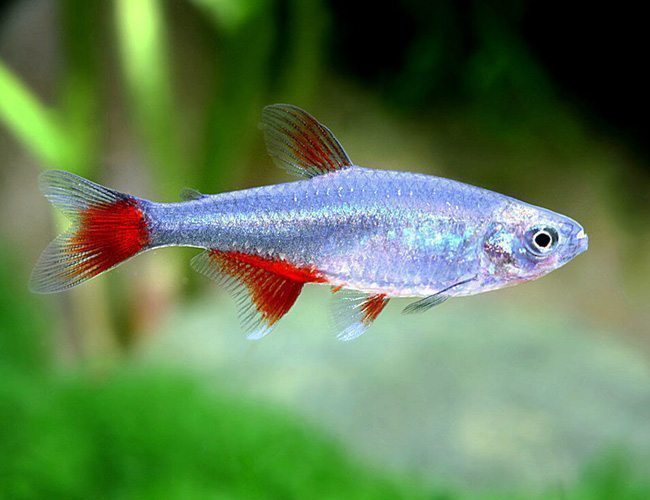

These should hatch within 24 hours, and once the fry have used up their yolk sacs, they should be offered infusoria, followed by baby brineshrimp ( Artemia nauplii) as they grow. Aphyocharax alburnus (Bloodfin Tetra) is a species of ray-finned fishes in the family tetras. This is a particularly fecund species with mature females capable of scattering several hundred eggs each. In a well-insulated house it can even be kept in an unheated tank, although it won’t be as colourful as when kept in warmer water. After the clear eggs have been scattered, the parent fish should be removed to avoid predation. A good beginner’s tetra, as it’s a hardy species that will adapt to a relatively wide range of conditions. Spawning usually occurs first thing in the morning, with the male driving the female over the plants. This should have a substrate of sterilised marbles and contain plenty of fine-leaved plants with gentle filtration (an air driven sponge filter is ideal). If you wish to raise a higher brood number, a separate spawning aquarium should be used. It needs atleast a 20 gallon tank for survival. Nematobrycon Palmeri is one of the types of fish, with the species name of this fish and usually has a maximum length of 1.6. They are very easy to take care of and does not require a lot of attention. This species has been bred in the home aquarium, and when kept in a heavily planted tank, fry are very likely to appear from time to time. This Bloodfin tetra is very popular among the beginners. May also be seen on sale as the Argentine Bloodfin.įlake, micropellets, small frozen foods such as daphnia, vitamin-enriched brineshrimp, bloodworm, and white mosquito larvae. Can also be maintained at steady room temperature, but will often show better colours in warmer water. This is a great beginner schooling fish just breaking in the hobby looking for something hardy and active. Ensure that the tank has tight fitting coverslides as these fish are expert jumpers. Bloodfin Tetras The Bloodfin Tetra ( Aphyocharax anisitsi), also known as the Glass Bloodfin or True Bloodfin is a long slender fish found in Parana River Basin in South America.

They can be rather nippy so are best maintained alongside other fast, short-finned fish, avoiding any species which have elaborate finnage. This is an active shoaling species that should be maintained in groups of 6 or more (10+ is better wherever possible). Filtration should be efficient, but water movement fairly gentle. The aquarium should be heavily planted, with a dark substrate and background to best show off the colours of these fish.

I dont know whats wrong, my pH and everything is fine, and my other fish are doing fine, but just the tetras one by one are falling to this. Their face seems to be degenerating, like its melting or something. Here, they inhabit small river tributaries and streams, usually amongst marginal areas of thick aquatic vegetation and shaded by the canopy above. A few of my bloodfin tetras have been coming down with some type of sickness. They also have a bright red tail and a splash of blue down. The Bloodfin Tetra is known from the Paraná River basin in central eastern South America. The Glass Bloodfin Tetra has a translucent body, so much so you can see the lines of its skeleton.


 0 kommentar(er)
0 kommentar(er)
